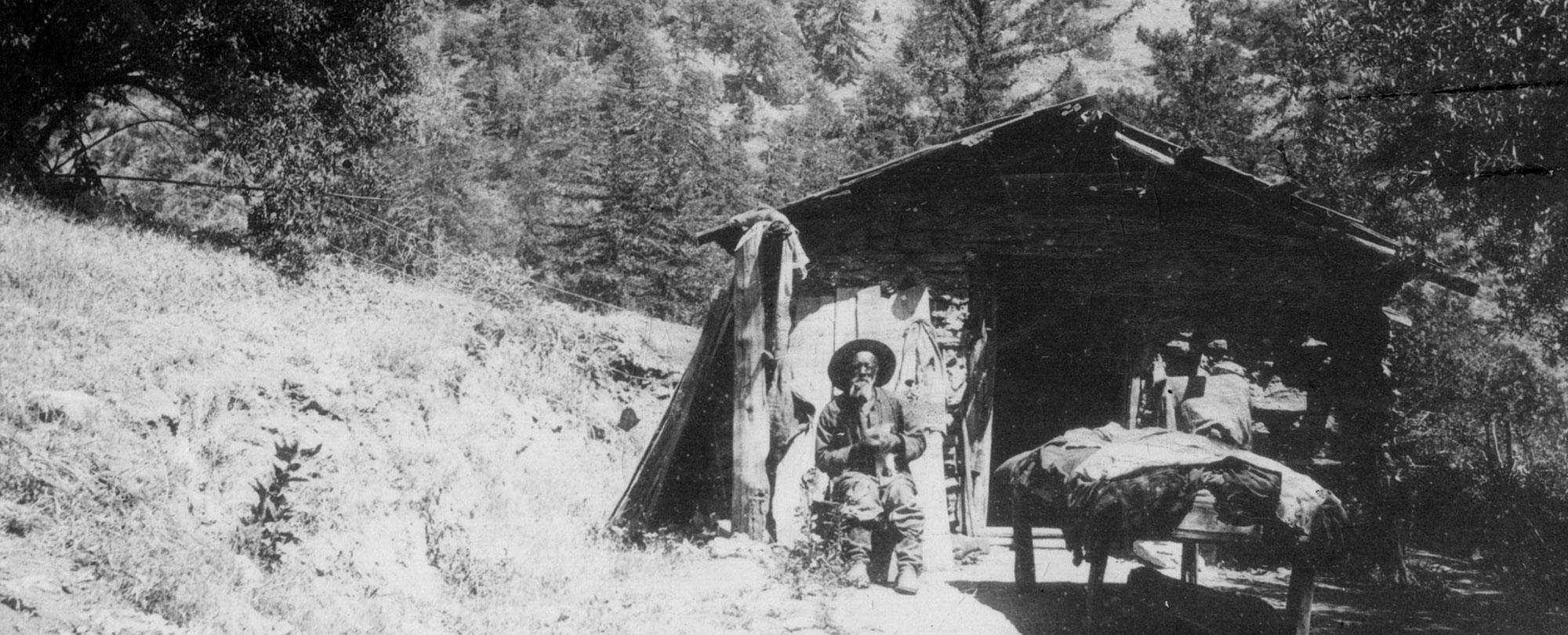DAVIDSON, NORTH CAROLINA—According to a Live Science report, a lidar survey of a 90-square mile area in Mexico’s hilly Puuc region, which is located on the northern Yucatan Peninsula, has revealed nearly 8,000 stone housing platforms, more than 1,200 ovens thought to have been used to make lime from limestone, artificial reservoirs to collect water for residential areas, and several farming terraces built by the Maya as early as 700 B.C. underneath the dense vegetation. “It seems to have been a very prosperous area because we have all these masonry houses,” said William Ringle of Davidson College. “It seems like people had access to what they needed.” The lime produced in the ovens would have been used to soak and soften maize before cooking it, he explained. Analysis of the dwellings, he added, suggests that the region was densely populated, with elite compounds dispersed throughout the communities. No defensive structures were found. “There are images of warriors on some of the sculptures, but it didn’t get to the point where people were barricading themselves from their neighbors,” he said. Ringle and his team also used an algorithm to look for possible pathways through the hilly terrain, and found possible civic building complexes along the proposed routes. Read the original scholarly article about this research in PLOS ONE. To read about the largest Maya ceremonial structure found using lidar, go to "Oldest Maya Temple," one of ARCHAEOLOGY's Top 10 Discoveries of 2020.
Lidar Survey Reveals Puuc Region’s Maya Communities
News May 2, 2021
Recommended Articles
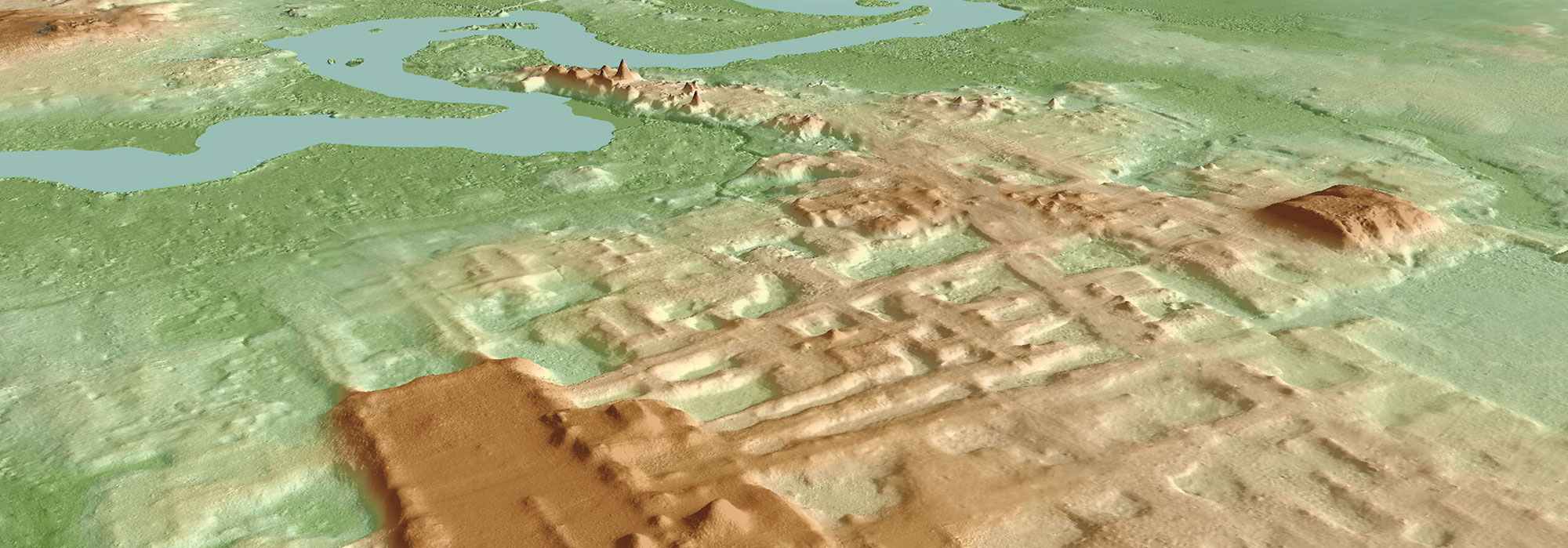
Features November/December 2025
Acts of Faith
Evidence emerges of the day in 1562 when an infamous Spanish cleric tried to destroy Maya religion
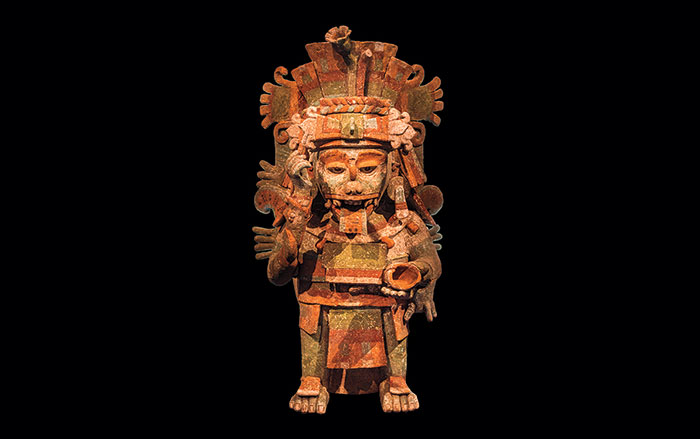
Artifacts July/August 2025
Maya Ceramic Figurine

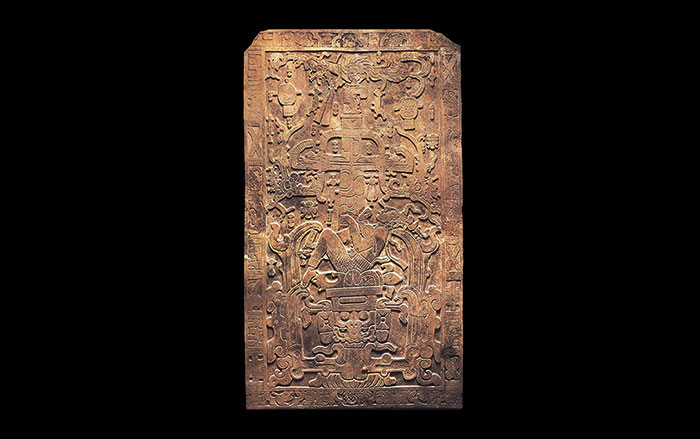
-
Features March/April 2021
The Visigoths' Imperial Ambitions
How an unlikely Visigothic city rose in Spain amid the chaotic aftermath of Rome’s final collapse
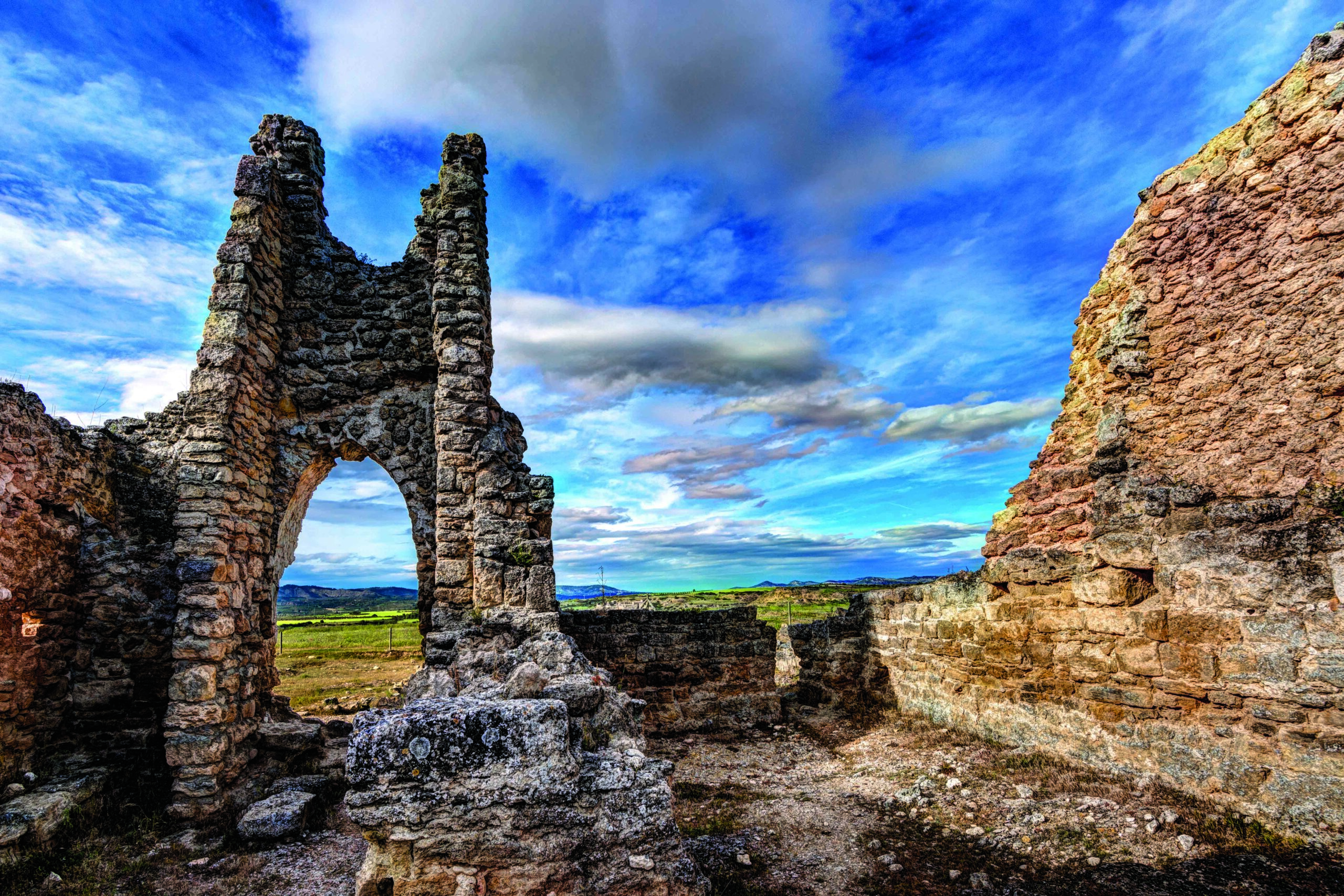 Yil Dori
Yil Dori -
Letter from Chihuahua March/April 2021
Cliff Dwellers of the Sierra Madre
A recurring design motif found in northern Mexico’s ancient mountain villages reflects complex cultural ties between distant peoples
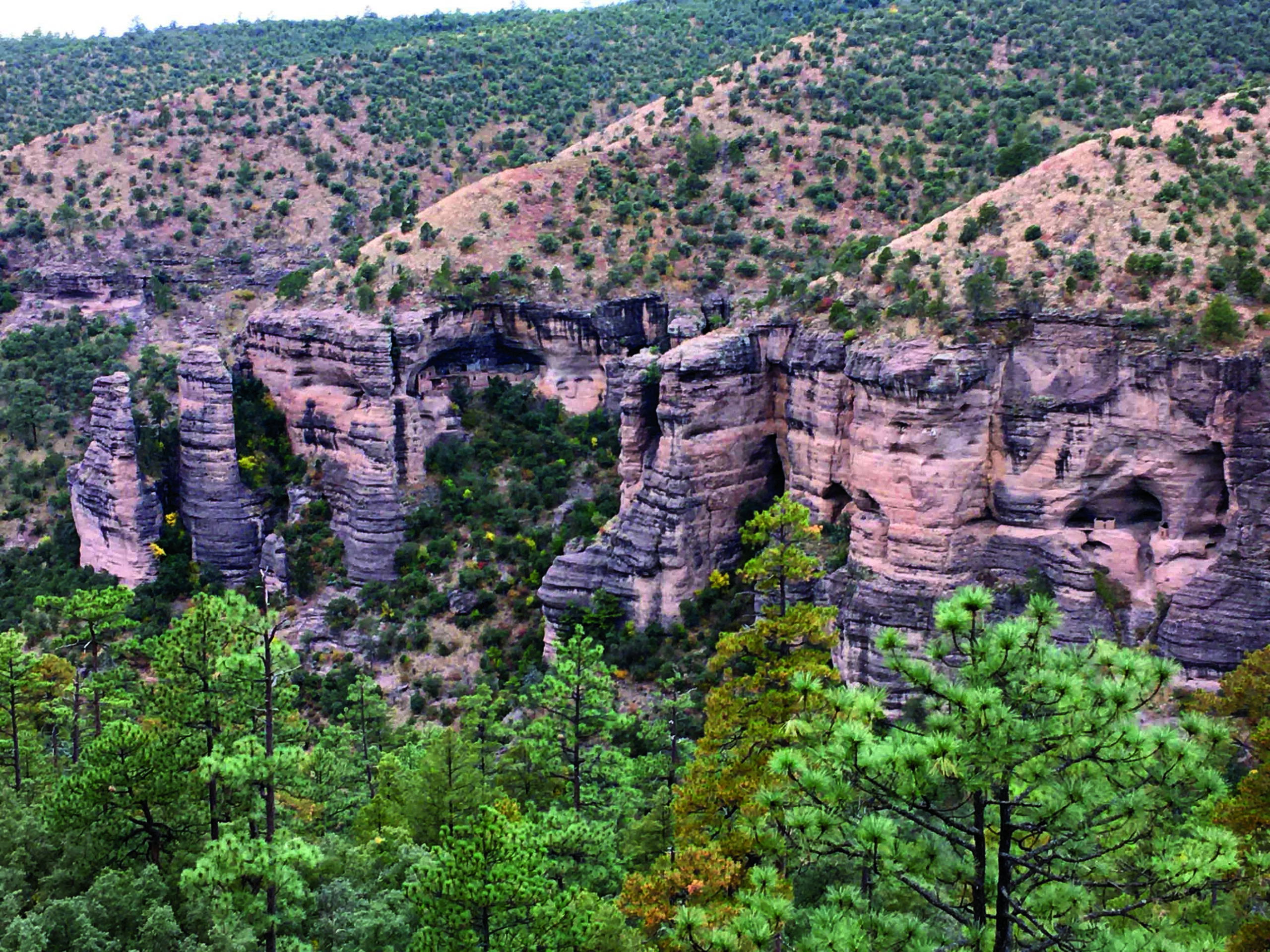 (Photo by Stephen H. Lekson)
(Photo by Stephen H. Lekson) -
Artifacts March/April 2021
Subeixi Game Balls
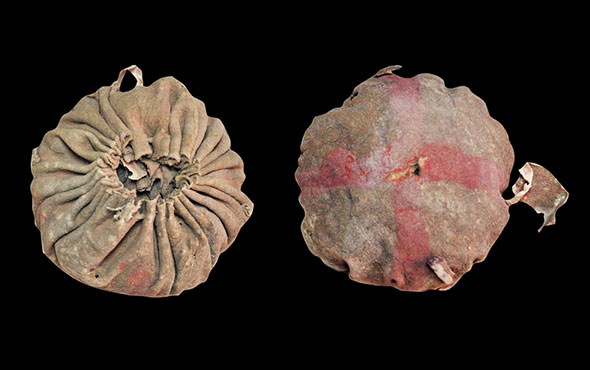 (Courtesy Patrick Wertmann)
(Courtesy Patrick Wertmann) -
Digs & Discoveries March/April 2021
An Enduring Design
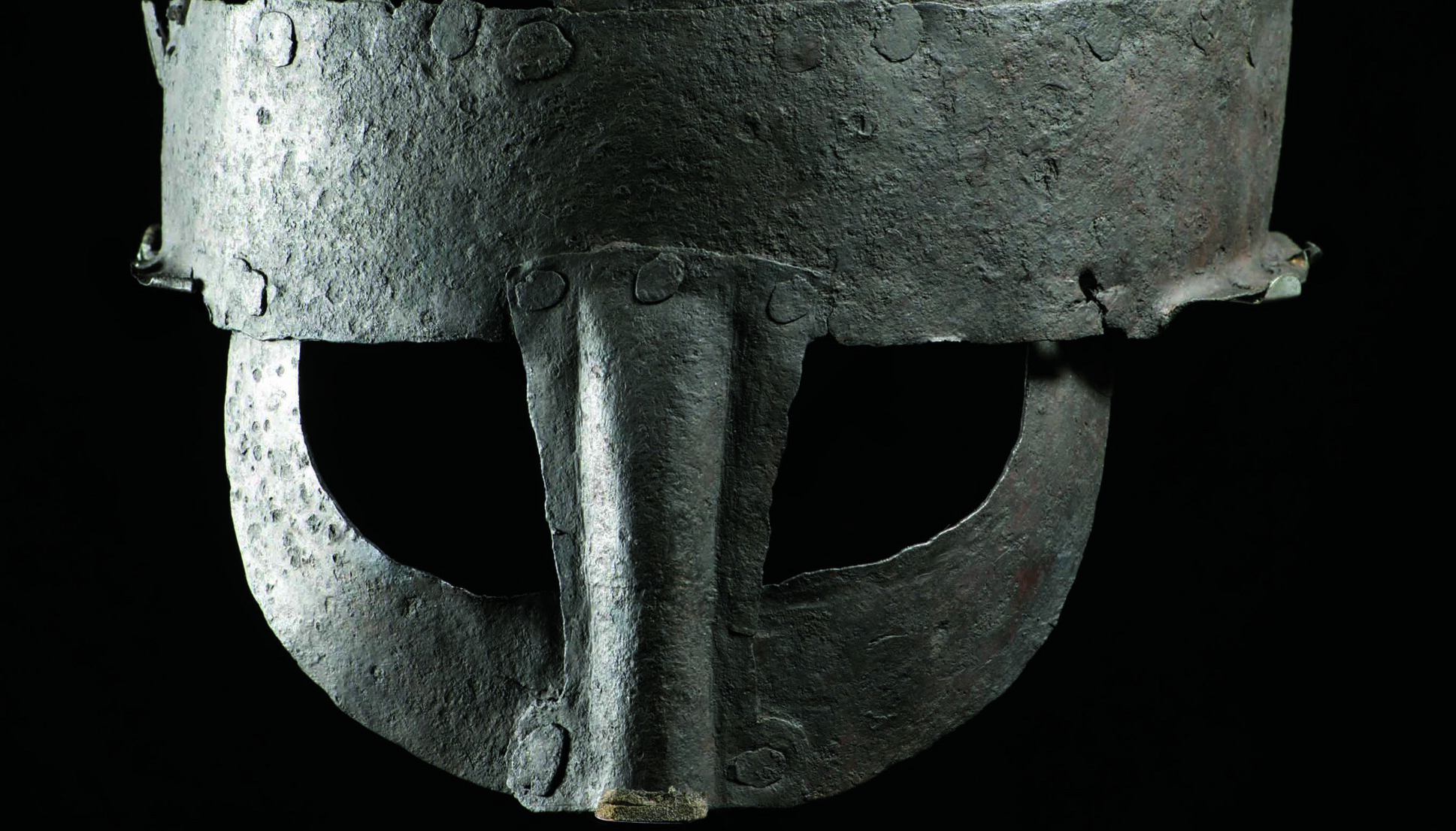 Courtesy Durham University
Courtesy Durham University


